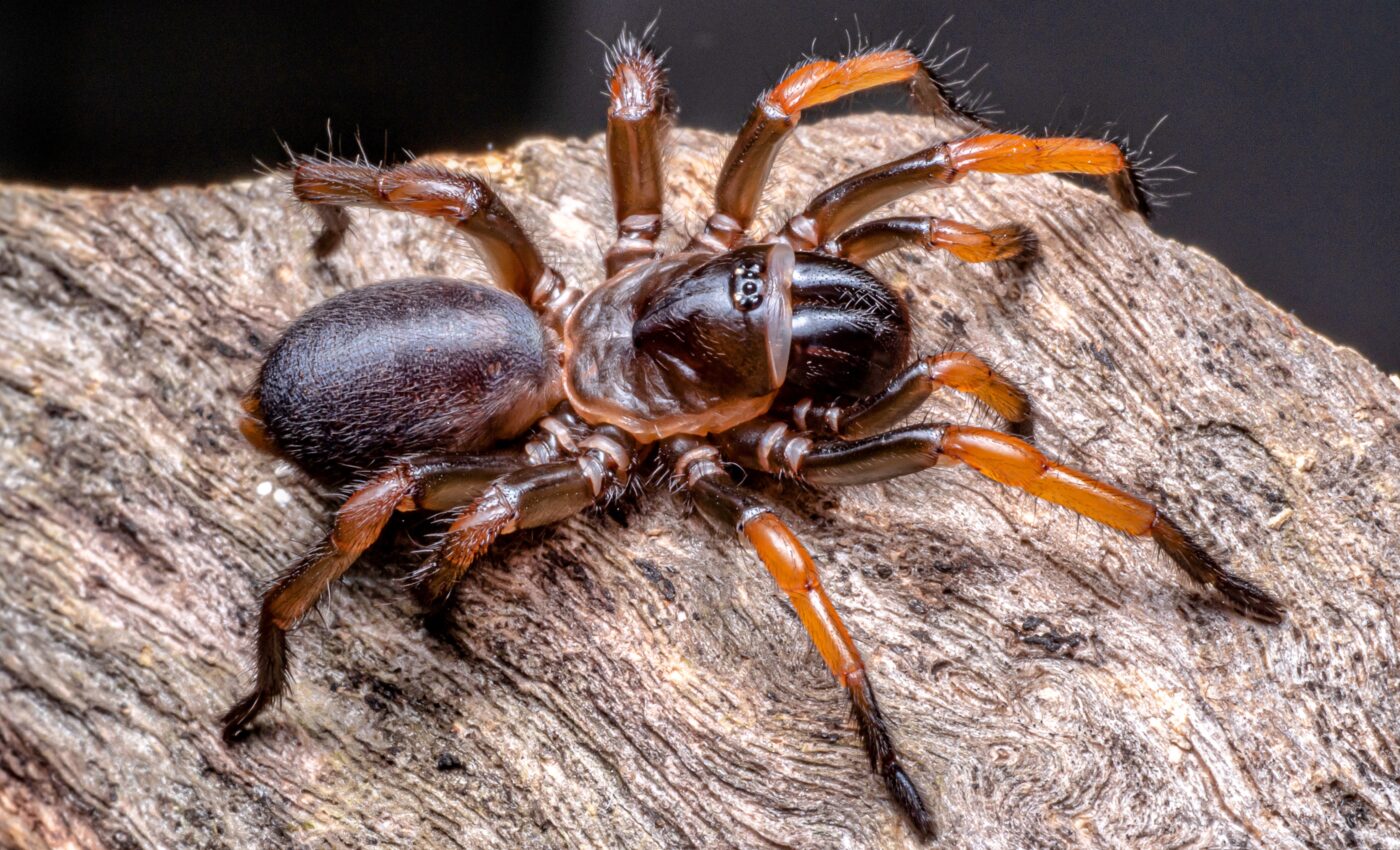
Prehistoric trapdoor spider was five times bigger than its modern relatives
Scientists have recently discovered the massive fossil of a trapdoor spider in Australia, providing significant insights into the ancient arachnids’ history and extinction patterns in the region.
The fossil was unearthed at a site in the Central Tablelands in New South Wales. It represents the second-largest spider fossil ever found.
The astonishingly large spider, which has been named Megamonodontium mccluskyi, was more than five times the size of its modern relatives.
Dismal fossil record
The researchers explained that it has been challenging to piece together the intricate history of Australian spiders.
“Mygalomorph spiders have been present on the Australian landmass since before the break-up of Gondwana. Today, mygalomorphs are represented on the continent by a diverse fauna of 12 families,” wrote the study authors.
“Despite this extensive evolutionary history, only one fossil mygalomorph spider has been found in Australia: Edwa maryae from the Triassic of Queensland.”
“Presumably, this dismal fossil record is the result of a combination of the fragility of the animals and the tendency of females to stay within burrows, both of which prevent many spiders from entering the fossil record.”
“The lack of fossils from Australia has made it difficult to decipher the evolutionary history of the group.”
Evolutionary implications
Matthew McCurry, a palaeontologist at UNSW, noted that only four spider fossils have previously been discovered in Australia.
“This discovery is so significant, it reveals new information about the extinction of spiders and fills a gap in our understanding,” said McCurry. “The closest living relative of this fossil now lives in wet forests in Singapore through to Papua New Guinea.”
“This suggests that the group once occupied similar environments in mainland Australia but have gone extinct as Australia became more arid.”
Megamonodontium mccluskyi
Notably, Megamonodontium mccluskyi shares a resemblance with the present-day brush-footed trapdoor spiders found in western New South Wales. It marks an essential milestone for researchers studying the ancient biodiversity and ecological shifts in Australia. The newfound fossil is believed to be between 11 to 16 million years old.
The fossilized spider draws its name from Dr. Simon McClusky, the scientist credited with its discovery. This monumental finding is the result of the collaborative efforts of scientists from ANU, UC, and UNSW.
Brush-footed trapdoor spiders
“Brush-footed trapdoor spiders (Araneae: Barychelidae) are a diverse clade of mygalomorph spiders that have evolved several features, including tufts of setae that allow them to climb smooth surfaces,” wrote the study authors.
“Furthermore, their spinnerets are fairly short, which distinguishes them readily from the larger sympatric tarantulas (Theraphosidae). Australia is currently home to 10 genera of brush-footed trapdoor spiders, a center of biodiversity, if not also their origin.”
Global significance
Robert Raven, a Queensland Museum arachnologist and the supervising author of the research, offered further context on the discovery’s global significance.
“Not only is it the largest fossilized spider to be found in Australia but it is the first fossil of the family Barychelidae that has been found worldwide,” said Raven.
“There are around 300 species of brush-footed trapdoor spiders alive today, but they don’t seem to become fossils very often. This could be because they spend so much time inside burrows and so aren’t in the right environment to be fossilized.”
Discovery site
The spider fossil is now part of the Australian Museum’s palaeontology collection and is accessible online for research purposes, further facilitating the study of ancient arachnids.
Interestingly, the discovery site, known as McGraths Flat near Gulgong, has also been identified as the location where a new fossilized jumping spider was recently found.
The research is published in the Zoological Journal of the Linnean Society.
Like what you read? Subscribe to our newsletter for engaging articles, exclusive content, and the latest updates.
—-
Check us out on EarthSnap, a free app brought to you by Eric Ralls and Earth.com.













